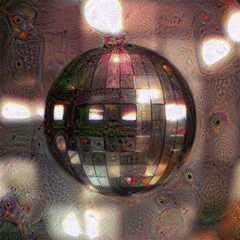Kaspersky discovers huge US spying program that can infect most HDD-s
-
Featured Topics
-
Topics
-
0
-
0
-
tommmie20000 ·
Posted in Audio0 -
INotPablo ·
Posted in Cases and Mods0 -
Pove ·
Posted in Power Supplies5 -
Knugen1015 ·
Posted in Windows0 -
1
-
2
-
1
-
10
-







.thumb.jpeg.9babd505c85c11addf31a285a02547cc.jpeg)







Create an account or sign in to comment
You need to be a member in order to leave a comment
Create an account
Sign up for a new account in our community. It's easy!
Register a new accountSign in
Already have an account? Sign in here.
Sign In Now